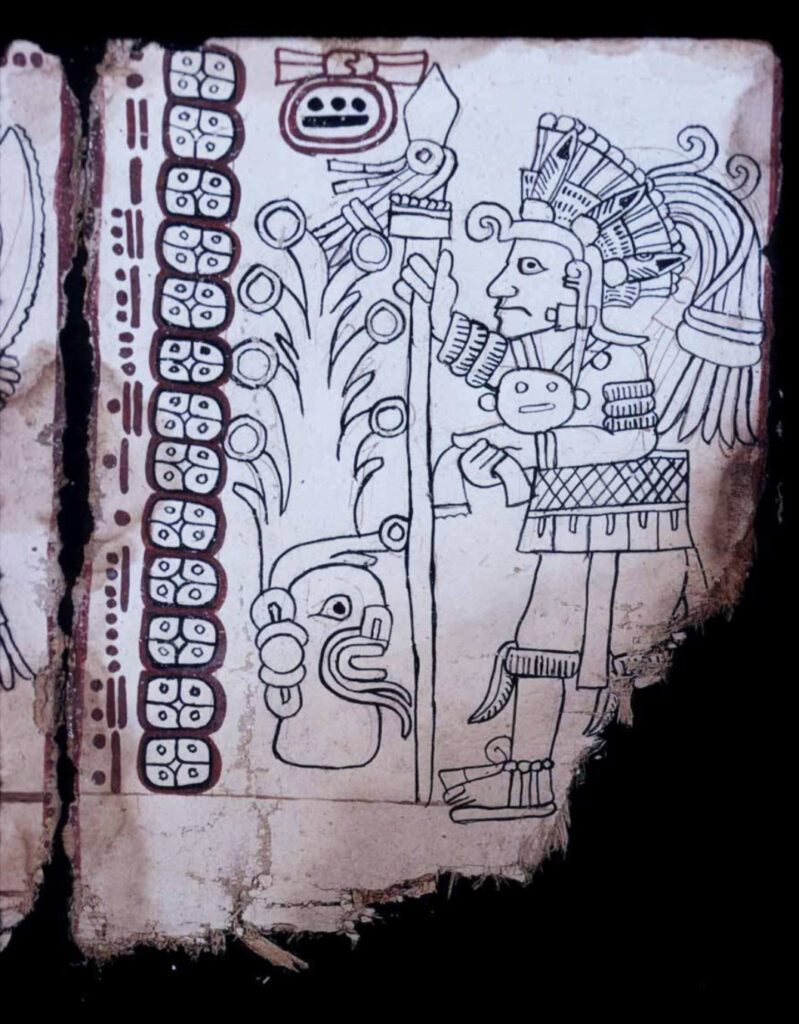The standard civilizational progress narrative perpetuated by the culture historians of decades past states that humans through their ingenuity and mastery of their surroundings, were able to domesticate plants. This allowed for sedentary societies, food surpluses, population, growth, specialization, the state, and all of these increases in complexity until we eventually reach “Civilization.” Controlling the plants brought us to where we are today. That phone in your hand, your car, your air conditioner, your Adderall, and your online PDF of the archeology textbook are all products of plant domestication. Controlling this “lower” form of life freed you from the “barbarities” of hunting and gathering.
An illustration depicting the Neolithic Revolution and the rise of sedentary societies. (History Channel)
But was our domestication of plants really a good thing? Dr. Diana Shard of the Bologna Institute for Studies in Social Archaeology argues against the standard narrative. She claims that “man the hunter had been free; man the farmer was in chains” (Shard 165) Her main argument relies on the inequalities produced by agrarian societies. Women were given less status (Shard, 169), large-scale war became possible (Shard, 170), and the newly defined domestic relationship between humans and animals was detrimental. (Shard, 169).
Who wins In the agricultural world, if not the humans? Shard argues that it is the domestic animals as “men became their servant.” (Shard, 167) This may be true to a certain extent. However when viewing the Neolithic revolution through the cultural lens of the domesticated plant (assuming they have a culture), one can see that they are the true victors. Humans have spread their seeds across the entire world and helped them achieve success. Maize and potatoes which started out as American crops are vital in European and African Diets. All around the world we have cleared other plants and removed competition to allow these plants to succeed. According to the USDA, in 2019 the United States of America was home to 143,000 square miles of corn. This is approximately the size of the state of Montana which is the fourth largest state.
The sun setting over a cornfield in Iowa (USDA)
We have worked hard since the end of the last ice age to ensure the success of these plants. If the goal of life is reproduction and the survival of offspring, domesticated plants have an effective strategy. In non-human Archeology, we are encouraged to change our perspective in order to mitigate our human bias. When we see the world through the eyes of maize, humans work for us, breaking their backs to ensure our survival, being seasonally rewarded with food to eat.
Further Reading:
Interesting corn statistics. Scroll to the bottom of the page for even more statistics.
Neolithic Revolution information
Works Cited:
Capehart, Tom and Proper, Susan “Corn Is America’s Largest Crop in 2019” Economic Research Service in Research and Science. www.usda.gov/media/blog/2019/07/29/corn-americas-largest-crop-2019 Accessed 25 Oct. 2023
Shard, Diana. “The Neolithic Revolution: An Analogical Overview.” Journal of Social History, vol. 7, no. 2, 1974, pp. 165–70. JSTOR, http://www.jstor.org/stable/3786353. Accessed 25 Oct. 2023.



